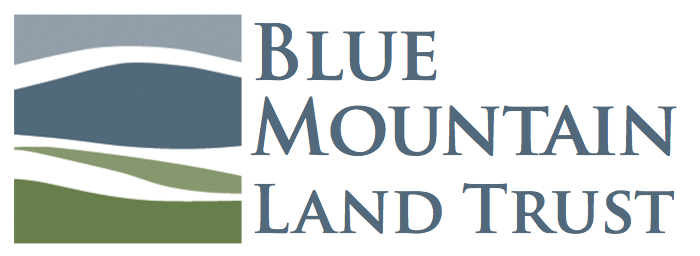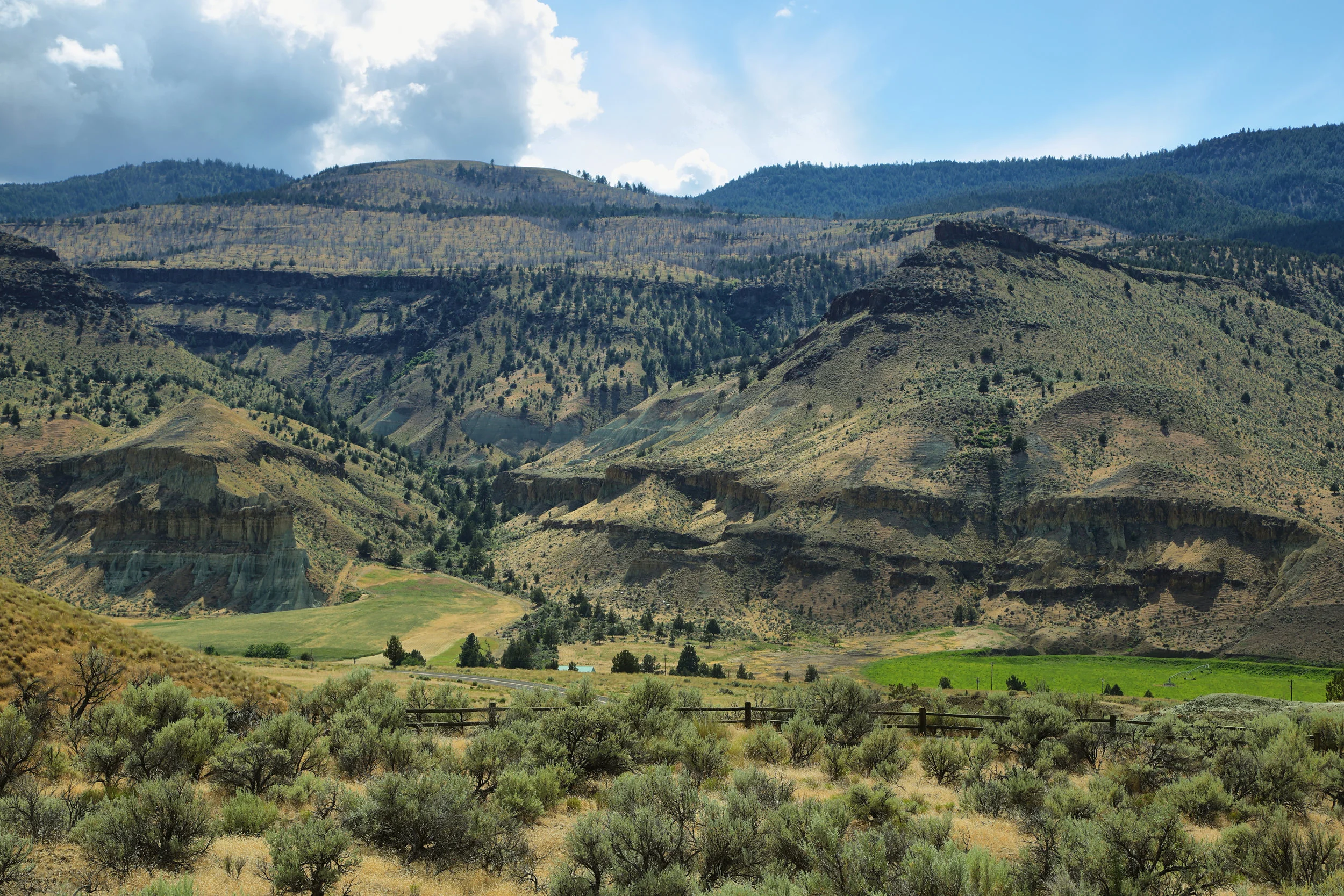Although they no longer occupy their historical lands, the Confederated Tribes of Warm Springs still cares for their natural resources. The Warm Springs, Wasco and Paiute tribes, collectively organized as the Confederate Tribes of the Warm Springs Reservation of Oregon (CTWS), established the Warm Springs Reservation and preserved tribal rights to harvest fish, game and other foods off of the reservation in their usual and accustomed places in 1855.
Fisheries and salmon harvest remain an integral part of tribal culture to this day. To support, enhance, and restore the aquatic habitat and watersheds that are home to the tribes’ culturally significant species, the CTWS has a robust fisheries department to manage fish and fish resources across the reservation, ceded lands, and usual and accustomed stations. The mission of the John Day Basin office is to protect and improve upland, riparian and aquatic habitats to provide fish populations at harvestable levels.
The CTWS John Day Basin office is headed by Amy Charette, the John Day Basin Watershed Restoration Coordinator. In addition to leading the CTWS’ restoration and monitoring efforts, Amy is a key leader in the John Day Partnership Program, a basin-wide collaborative of 28 natural resource organizations, working to develop a ridge-to-ridge comprehensive restoration plan. Recognizing a gap in available land trust services, a sub-set of these organizations, including the CTWS, reached out to BMLT in 2015 and facilitated its expansion into the John Day in July of 2017.
“The Tribes completed a Watershed Strategy for the basin in 2014 and identified protection as a high priority for not only the landscape and the resources, but for restoration efforts as well.” says Charette. “The Tribes, along with multiple partners, recognized the need for land trust coverage in the John Day basin. There are a growing number of landowners interested in conservation easements and there is an identified need and gap for services in the basin. We are very excited to have Blue Mountain Land Trust fill that role. BMLT has been an exceptional land trust to work with and brings experience and knowledge to the effort.”
In addition to providing capacity funding, the CTWS has also been a vital connection to local landowners and a wealth of knowledge about the Basin’s ecosystems and history. After twenty years of restoration and irrigation efficiency work in the Basin, the CTWS is a well-respected conservation partner in the community.
BMLT and the CTWS are working together in the John Day Basin to purchase working lands conservation easements with CTWS funding, as well as to restore conservation properties. One of BMLT’s prospective easement properties will undergo restoration over the next several years. The Tribes have collaborated with the landowners over the last decade to restore stream function in the Bridge Creek watershed and improve the upland habitat on this ranch. The Bridge Creek watershed provides important cold-water habitat for mid-Columbia steelhead and Spring Chinook in the John Day Basin. The Tribes have committed to completing various restoration projects through 2020 to finish this work, and a conservation easement will permanently protect these habitat improvements.
Additionally, the CTWS was awarded $4.94 million in funding from the National Resource Conservation Service Regional Conservation Partnership Program for its Upper John Day River Flow and Protection Project. The funds will be used to complete irrigation efficiency projects to conserve water and increase river flow, and to purchase working lands conservation easements. As a partner to this agreement, Blue Mountain Land Trust is looking forward to continued collaboration with the Confederated Tribes of Warm Springs in the John Day Basin.

